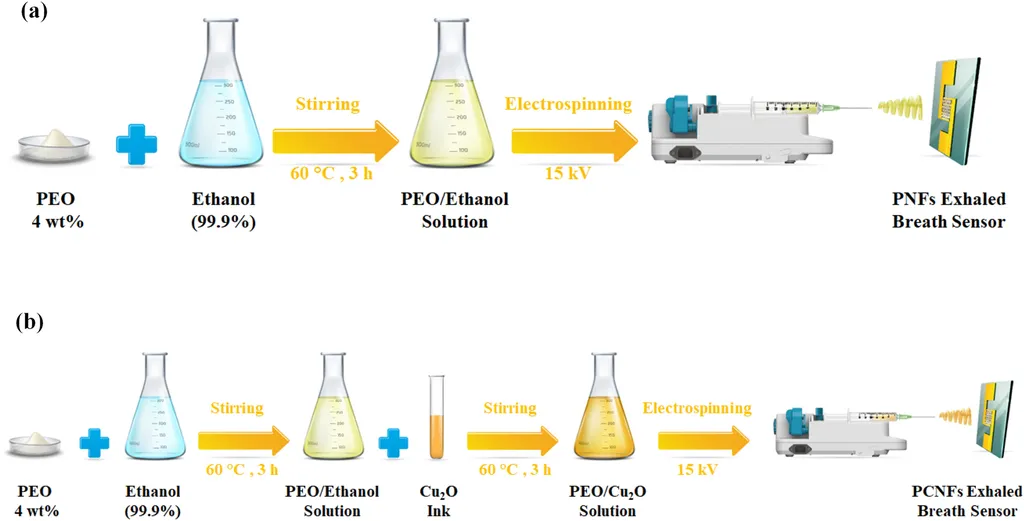In the realm of energy harvesting and sensing technologies, researchers Kequan Xia and Min Yu from the School of Mechanical Engineering at the University of Science and Technology Beijing have made a notable advancement. Their work focuses on a novel, metal-free triboelectric nanogenerator that utilizes simple, everyday materials to harness mechanical energy and detect ethanol.
Xia and Yu’s research introduces a water cup triboelectric nanogenerator (WC-TENG) that employs ordinary drinking water and plastic water cups as its primary components. This design eliminates the need for metal electrodes, addressing the common issue of corrosion in generator components. The WC-TENG demonstrates impressive performance metrics, generating an open-circuit voltage of 249.71 V, a short-circuit current of 4.21 µA, and a transferred charge of 188.85 nC at an operating frequency of 2 Hz. These results highlight the device’s efficiency and robustness.
One of the key advantages of the WC-TENG is its long-term stability and reliability. The device maintains stable voltage output over extended periods, making it suitable for continuous energy harvesting applications. Additionally, the WC-TENG performs consistently under high humidity conditions and shows enhanced output with increasing temperature, indicating its adaptability to various environmental settings.
Beyond energy harvesting, the WC-TENG also exhibits potential as a selective ethanol sensor. The introduction of ethanol disrupts the electrical output of the device by impeding electron transfer. As the ethanol volatilizes, the device gradually returns to its original state, demonstrating its capability for detecting and monitoring ethanol levels.
The practical applications of this research are significant for the energy sector. The WC-TENG’s corrosion-resistant design and high performance make it a promising candidate for energy harvesting in diverse environments, including those with high humidity or varying temperatures. Furthermore, its ability to detect ethanol could be leveraged in industrial settings for safety and quality control purposes.
This innovative approach to energy harvesting and sensing technologies was detailed in a study published in the journal Nano Energy. The research underscores the potential for low-cost, sustainable, and environmentally adaptable solutions in the energy industry.
This article is based on research available at arXiv.

